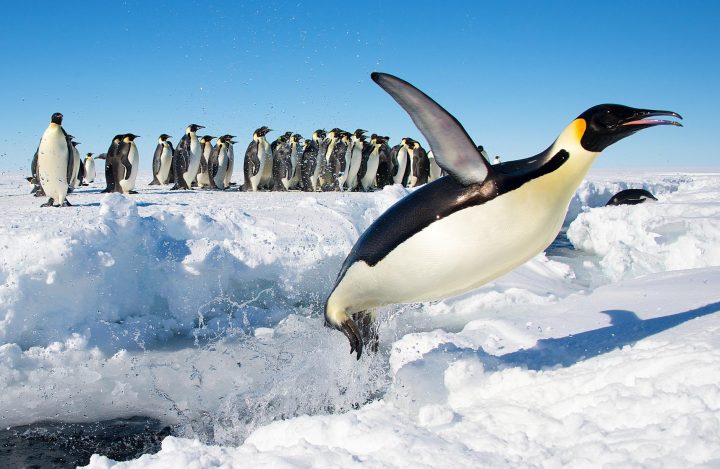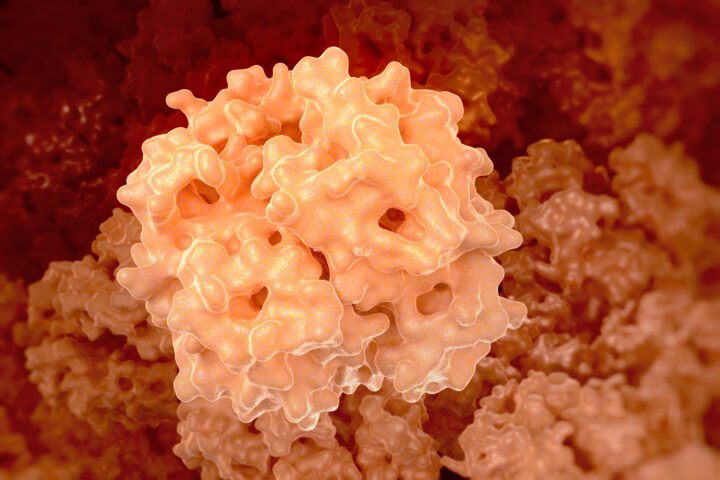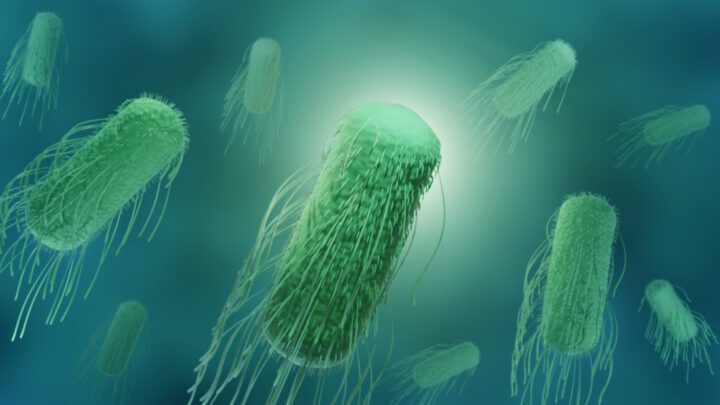Navigate Through Liquid
Living systems that move in liquids must navigate around physical obstacles and find their way from place to place to locate resources or suitable climates. Many liquids are denser than air, which means it’s a thicker medium through which signals must pass. On the other hand, liquids tend to conduct some signals better than air or solids. Liquid dwellers must use strategies that enable them to detect and follow signals in this dense medium. For example, electricity transmits well in water and several organisms, such as Amazon electric eels, have organs that detect and use electric signals to navigate.
Modify Position
Many resources that living systems require for survival and reproduction constantly change in quantity, quality, and location. The same is true of the threats that face living systems. As a result, living systems have strategies to maintain access to shifting resources and to avoid changing threats by adjusting their location or orientation. Some living systems modify their position by moving from one location to another. For those that can’t change location, such as trees, they modify position by shifting in place. An example of an organism that does both is the chameleon. This creature can move from place to place to find food or escape predators. But it also can stay in one place and rotate its eyes to provide a 360-degree view so that it can hunt without frightening its prey.
Manage Turbulence
A turbulent force occurs when air or water creates a chaotic or irregular motion. The source can be such things as wind, waves, and eddies caused by obstructions to air or water flow (such as that created by a rock in a stream). Because the force is irregular, it acts in unpredictable ways on multiple parts of a living system at any given time, decreasing the living system’s efficiency. Strategies used to manage turbulence include dampening the amount of turbulence, having flexibility to handle sudden changes, and making quick adjustments. An example is the mucus on aquatic organisms, such as barracuda sharks, that can reduce turbulent friction of seawater by 66%. In doing so, it decreases drag and increases the sharks’ swimming efficiency.
Move in/on Liquids
Water is not only the most abundant liquid on earth, but it’s vital to life–so it’s no surprise that the majority of life has evolved to thrive on and under its surface. Moving efficiently in and on this dense and dynamic substance presents unique challenges and opportunities for living systems. As a result, they have evolved countless solutions to optimize drag, utilize surface tension, fine tune buoyancy, and take advantage of various types of currents and fluid dynamics. For example, sharks can slide through water by reducing drag due to their streamlined shape and specially shaped features on their skin.







